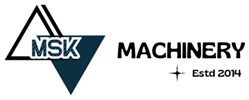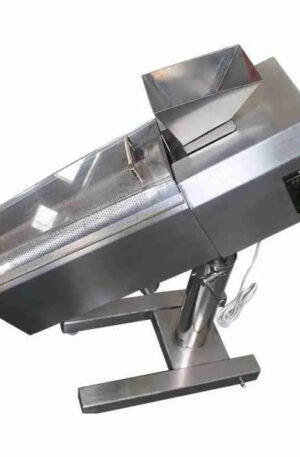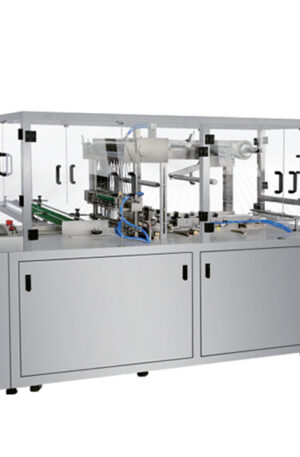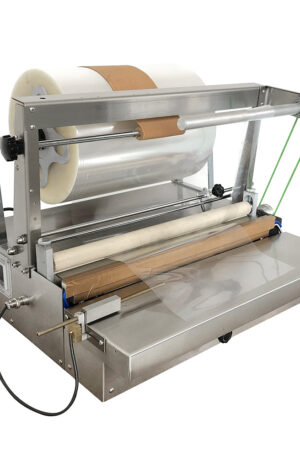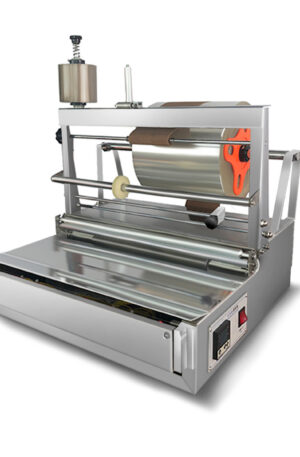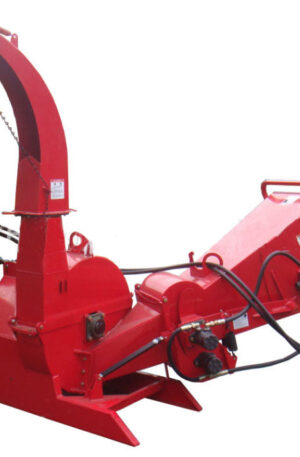Title: The Evolution of Pharmaceutical Machinery: Innovations and Advancements
The pharmaceutical industry relies heavily on advanced machinery to produce high-quality medications efficiently. Over the years, significant innovations have been made in the design and functionality of pharmaceutical machinery, leading to improved production processes and product quality.
One of the key pieces of equipment in pharmaceutical manufacturing is the table press machine. Table press machines are used to compress powder formulations into tablets of uniform size and shape. This process is crucial in ensuring accurate dosage delivery and consistency in pharmaceutical products. With the advancement of technology, modern table press machines are equipped with features such as automatic feeding systems, variable speed controls, and precision tooling, allowing for higher production rates and enhanced tablet quality.
Another essential machine in pharmaceutical production is the capsule filling machine. Capsule filling machines are used to accurately fill empty gelatin or vegetarian capsules with powdered or granular formulations. These machines help streamline the encapsulation process, ensuring precise dosing and minimizing product waste. Recent developments in capsule filling technology have led to the introduction of automatic capsule filling machines that can fill hundreds of capsules per minute with high accuracy and efficiency.
Two popular types of table press machines commonly used in pharmaceutical manufacturing are TDP (Tablet Press) and THDP (High-speed Tablet Press). TDP machines are known for their robust construction and simple operation, making them ideal for small to medium-scale production. On the other hand, THDP machines are designed for high-volume production, featuring advanced automation and control systems to maximize productivity.
In conclusion, the evolution of pharmaceutical machinery, including table press machines, capsule filling machines, and advanced models such as TDP and THDP, has significantly enhanced the efficiency and quality of drug manufacturing processes. With continuous research and development in this field, we can expect to see further advancements that will shape the future of pharmaceutical production.
